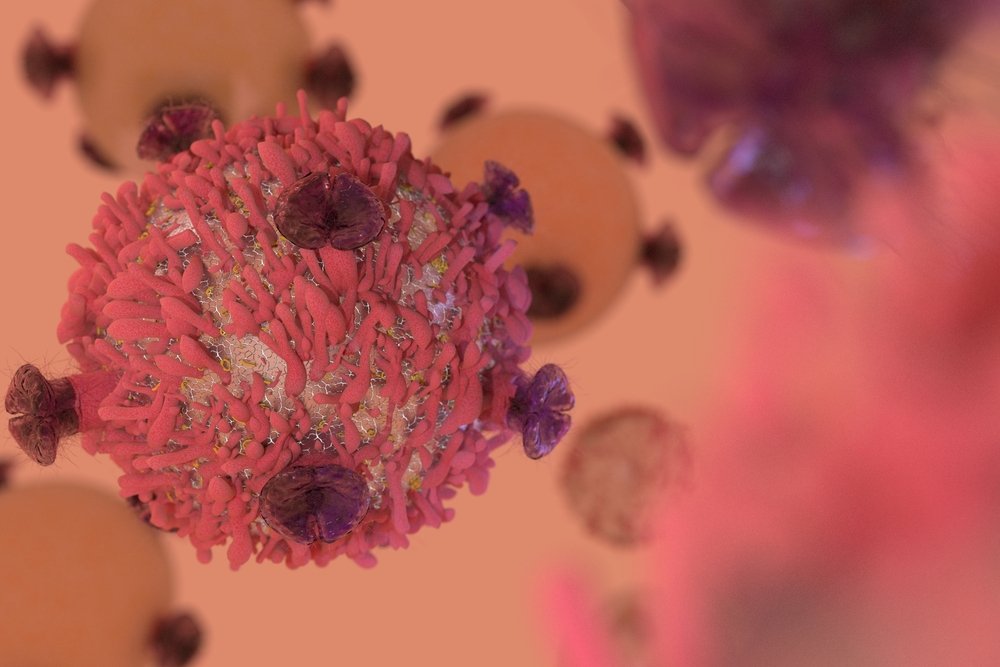Harvard Scientists Track the Ripple Effect of Antibodies Seen in Autoimmune Diseases
Written by |

A new study from Harvard University has discovered some of the mechanisms behind why and how immune cells attack their own body in autoimmune diseases such as systemic lupus erythematosus (SLE).
The study titled, “Clonal Evolution of Autoreactive Germinal Centers,” was led by Michael Carroll, PhD, of Boston Children’s Hospital and Harvard Medical School. After years of investigating mouse models of lupus, Carroll and his team published their results on autoimmune diseases in the prestigious journal Cell.
Lupus is characterized by the production of antibodies against nucleic acid antigens. Antigens are molecules capable of inducing an immune response. Over time, a shift occurs in the antibodies produced in lupus patients. They no longer specifically target only nucleic acid antigens, but also different self-antigens in the body. This concept is referred to as “epitope spreading,” a process that is not well understood. But scientists believe it is a result of a chronic immune response.
Antibodies are produced by a specific type of immune cell, called a B-cell. For each antibody, a specific B-cell population is responsible for its production. The production of antibodies targeting self-antigens is the driving force behind autoimmune diseases like lupus.
Carroll and his team used a mouse model of lupus to better understand the behavior of these B-cells and the production of antibodies in germinal centers, where B-cells usually mature to produce a specific antibody. They used different fluorescent “marker” proteins to distinguish between different B-cells. Initially, B-cells make several competing antibodies in an effort to develop the best antibody that can effectively eradicate the threat (the antigen). Eventually, the B-cell with the best antibody wins.
“It’s truly natural selection on a microcosm,” Cees van der Poel, PhD, a co-author of the study and a postdoctoral fellow in Carroll’s lab, said in a press release. “Once activated, there are ten different possible colors to represent different B cell clones. Over a week or two, the color diversity begins to shift—eventually one color dominates, representing a single clone winning out.”
Carroll and his team observed in their lupus mouse model that not only does the best B-cell produce an autoantibody specific for lupus, but over time, these B-cells recruit other B-cells to produce different autoantibodies, targeting different parts of the body. This epitope spreading is the ripple effect, where a single B-cell and its production of an autoantibody ripples out to include more B-cells and more antibodies targeting many parts of the body.
This epitope spreading occurs quickly and leads to a widespread immune attack against the body’s own tissues. Thus, being able to block this effect at an early point in the autoimmune response, could halt epitope spreading, Carroll suggested.
“Once your body’s tolerance for its own tissues is lost, the chain reaction is like a runaway train,” Carroll said. “The immune response against your own body’s proteins, or antigens, looks exactly like it’s responding to a foreign pathogen.”
“Blocking germinal centers in the midst of an autoimmune response could potentially block the epitope spreading process,” Carroll added. “If you could stop the adaptive immune system for a transient amount of time, it might allow the body to reset its immune responses and shut off the autoreactivity.”




